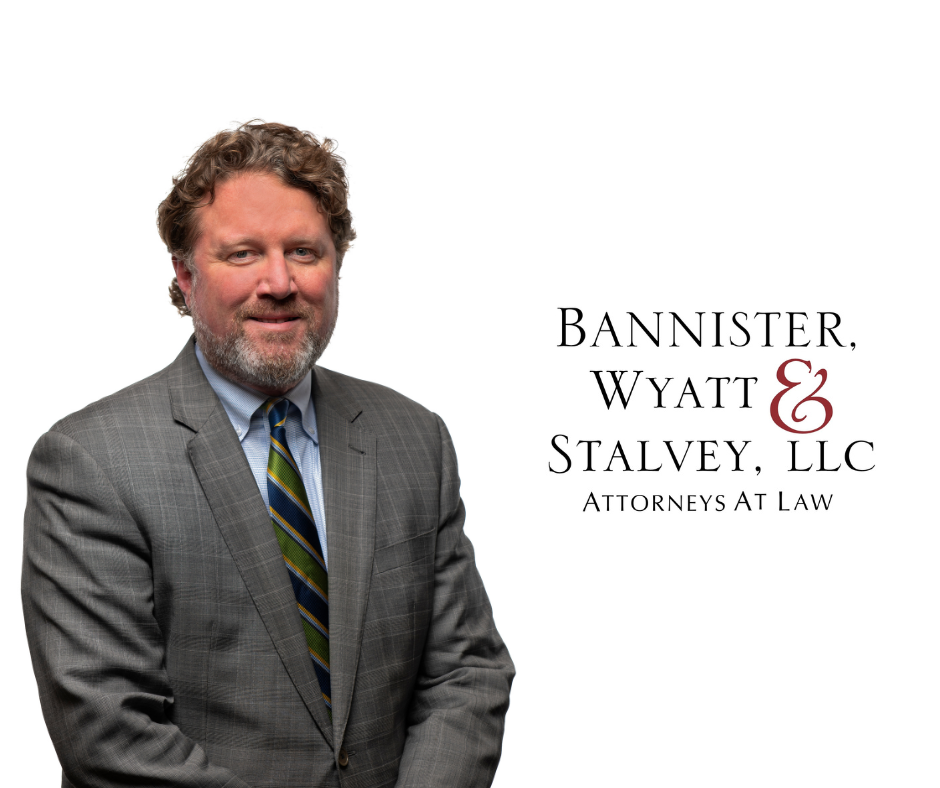The partial collapse of a bridge in Pickens County earlier this year was a jarring reminder: sometimes the danger isn’t other drivers, it’s the road itself.
Thankfully, no one was hurt, but it raised an unsettling question: how often do hidden hazards in our infrastructure contribute to accidents without victims realizing it?
We tend to see failures like this as once-in-a-generation events. But the truth is, everyday hazards such as uneven shoulders, standing water, or a deep pothole can set off a chain reaction that leads to life-changing accidents.
I’ve seen it firsthand:
• A driver swerves to avoid a pothole and clips another vehicle.
• A worn shoulder drops off unexpectedly, sending a car off course.
• Poor drainage leaves water pooled on a highway, causing hydroplaning.
These incidents don’t make headlines like a collapsed bridge, but for the people involved, the consequences can be devastating.
If you’ve been in an accident, it’s worth investigating if road conditions played a role. It’s not always obvious, so these are the steps we advise our clients to take:
Document the scene. Photograph not just the vehicles but the road surface, shoulders, guardrails, and construction signs.
Look closely for hazards. Even trivial defects such as potholes, faded lane markings, or standing water may matter later.
Talk to witnesses. They may have noticed something you didn’t.
Review the accident report. Ensure hazards are noted; if they’re not, add your observations.
Don’t assume it was just bad luck. These conditions will matter in the courtroom or at the negotiating table.
Infrastructure failures don’t always look dramatic. Sometimes they are hidden in plain sight. That is why it is essential to consult with an experienced attorney who can thoroughly investigate all aspects, including whether unsafe infrastructure played a minor or significant role.
By Alex Stalvey, leader of the Personal Injury practice group at Bannister, Wyatt & Stalvey

